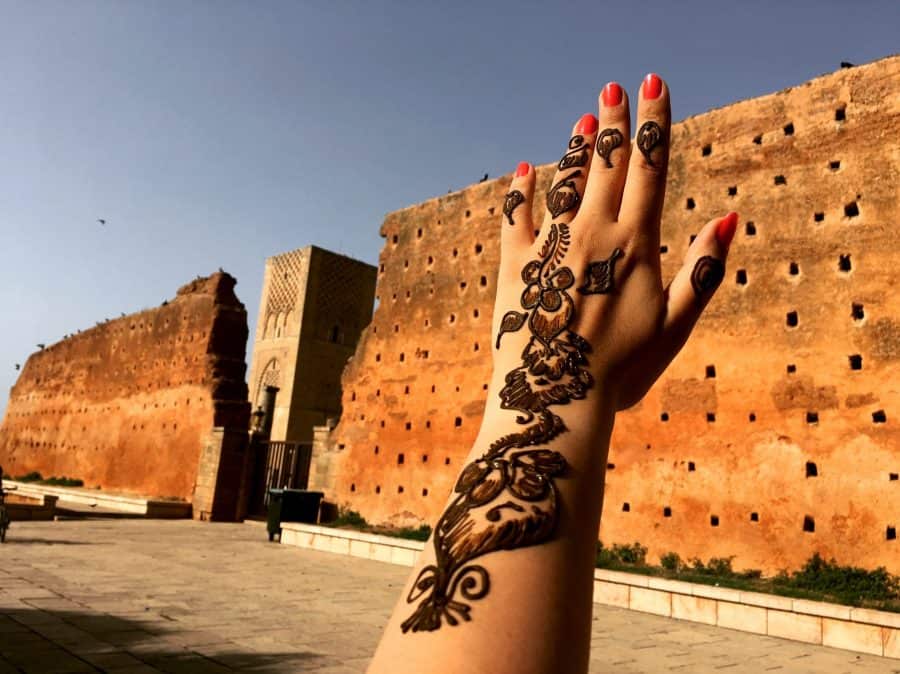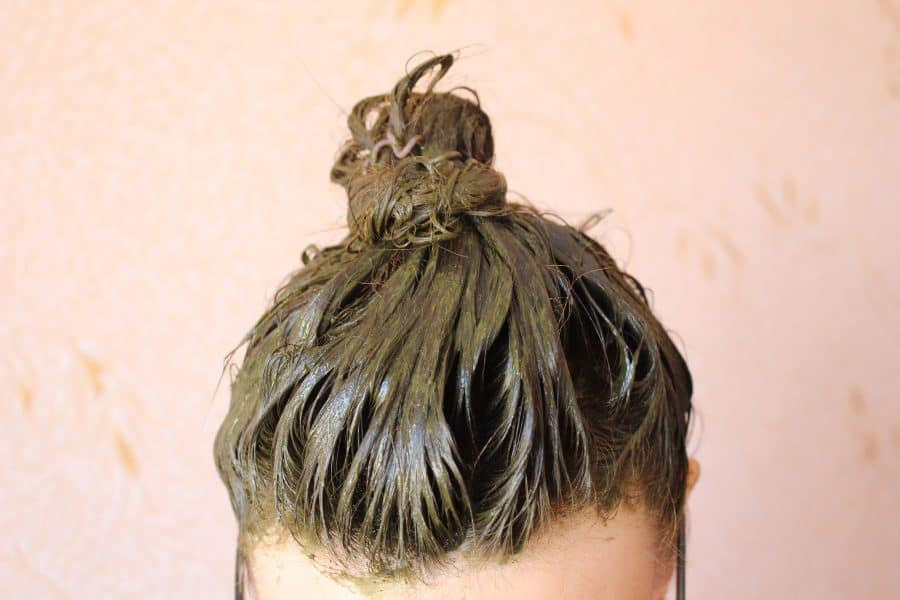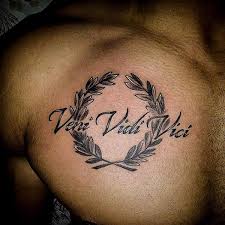
Modern Popularity in the West
Beyond these ancient origins, henna’s use around the world has continued, having numerous peaks and troughs in popularity in the West. In England during the 1800’s, henna art found a home in the Pre-Raphelite artists who, unlike others British groups, fetishized red hair and used henna hair dye to augment their own
In the 1900’s, Parisian opera singers, looking for a way to grab the audience’s attention, used henna as the main ingredient to dye their hair red. One Parisian courtesan, Cora Pearl, was referred to as La Lune Rousse (red-haired moon) and even admitted to using henna to dye her dog’s fur to match the color of her locks.
By the 1950’s Lucille Ball was known to use a “henna rinse” treatment to keep her red tresses bright, while the hippies of the 1960’s had a revived fascination for the Indian uses of the dye for tattoo ideas thanks to an increased interest in the religion and culture of the Sub Continent.

Cultural Uses
Henna tattooing remains an important element for a variety of cultures across Northern Africa, the Mediterranean, the Middle East and India.
In Muslim countries many women continue to use the dye to stain their fingernails with dark color, with the practice mentioned in a hadith by the Prophet Muhammad. Henna is often used by men to dye their beards. The practice of dying beards is especially popular with the Pashtuns of Afghanistan and Pakistan.
In India, intricate design motifs are applied to the body using henna paste during special occasions, most notably for weddings and engagements. A specialist tattoo artist will apply designs on the hands and feet of the bride—and often the groom as well—which serve as various good luck charms and are part of the elaborate ceremonies that can last days on end.
In some parts of India, it is believed that the darker the stains on the bride’s hands the better her relationship will be with her mother-in-law, while in other places the depth of the stains is said to represent the bond between husband and wife.
RELATED BEST 10 ON AMAZON:
| IMAGE | TITLE | TRENDS | SEE MORE |
|---|
 | HENNA HAIR COLOR 30 Minute Enriched with Herbs Semi Permanent Powder - Harsh Chemical Free Black Hair Dye for Men and Wome... | 807.3 | MORE VIEW |
|---|
 | Wet N Wild Ultimate Eyebrow Makeup Kit, Eyebrow Powder Dark Brown, Brow Hair Removal Tweezers, Wax, Brush | 11110.5 | MORE VIEW |
|---|
 | SVA Organics Rose Water, USDA Certified (118 ml) 4 Oz- 100% Pure & Natural, Refreshing Rose Water Spray | Skin Care, Bath,... | 13717.2 | MORE VIEW |
|---|
 | 24 PCS Eyebrow Shaping Stencils, Kalolary Eyebrow Grooming Stencil Kit Shaping Templates DIY Tools for Christmas Eyebrows ... | 8112.4 | MORE VIEW |
|---|
 | Sponsored Ad - Apple Watch User Guide: The Essential Manual How to Set Up and Start Using Your New Apple Watch Series 6 | 33 | MORE VIEW |
|---|
 | Disposable Eyebrow Ruler Stencils - Transparent Mapping Stickers for Microblading, Henna, Brow Extensions, Permanent Makeu... | 2360.7 | MORE VIEW |
|---|
 | VOHA Eyebrow Stamp Stencil Kit, Eyebrow Stamp Kit, Brow Stamp Trio Kit, Brow Shaping Kit, Perfect Brow Stencil and Stamp, ... | 145.2 | MORE VIEW |
|---|
 | Sponsored Ad - What will happen to my Special Needs Child when I am gone: A Detailed Guide to Secure Your Child's Emotiona... | 1842.4 | MORE VIEW |
|---|
 | Rimmel Scandaleyes Waterproof Gel Eye Liner Pencil, Black 001 | 114518 | MORE VIEW |
|---|
 | iMethod Eyebrow Pen - Upgrade Eyebrow TattooPen, Eyebrow Makeup, Long Lasting, Waterproof and Smudge-proof, Dark Brown | 27272 | MORE VIEW |
|---|
 | Eyeliner Brush Fine Angled - PRO Precision Gel Eye Liner Makeup Brush -Ultra Thin Slanted Flat Angle - Premium Quality - C... | 15060.4 | MORE VIEW |
|---|
 | SVA Organics Rose Water, USDA Certified (118 ml) 4 Oz- 100% Pure & Natural, Refreshing Rose Water Spray | Skin Care, Bath,... | 13717.2 | MORE VIEW |
|---|
 | Wet N Wild Ultimate Eyebrow Makeup Kit, Eyebrow Powder Dark Brown, Brow Hair Removal Tweezers, Wax, Brush | 11110.5 | MORE VIEW |
|---|
 | 24 PCS Eyebrow Shaping Stencils, Kalolary Eyebrow Grooming Stencil Kit Shaping Templates DIY Tools for Christmas Eyebrows ... | 8112.4 | MORE VIEW |
|---|
 | Eyebrow Stamp Stencil Kit, Eyebrow Definer Powder Stamp Makeup with 10 Reusable Eyebrow Stencils, Eyebrow Powder Stamp Lon... | 6225.4 | MORE VIEW |
|---|
 | Audab 6 Rolls 1/4 Pinstripe Tape Vinyl Chart Tape White Board Tape Lines Dry Erase Whiteboard Thin Tape Pinstriping Graphi... | 3325.8 | MORE VIEW |
|---|
 | Disposable Eyebrow Ruler Stencils - Transparent Mapping Stickers for Microblading, Henna, Brow Extensions, Permanent Makeu... | 2360.7 | MORE VIEW |
|---|
 | Sponsored Ad - Chakras for Beginners: 101 Things You Need To Know About Chakras. The Ultimate Beginners Guide to Awaken, B... | 1964.2 | MORE VIEW |
|---|
Tips: "Amazon, Amazon Prime, the Amazon logo and Amazon Prime logo are trademarks of Amazon.com, Inc. or its affiliates". AS AN AMAZON ASSOCIATE, WE EARN AFFILIATE COMMISSIONS FROM QUALIFYING PURCHASES.






















